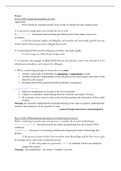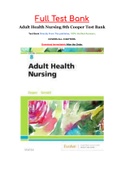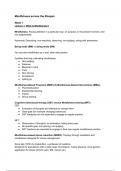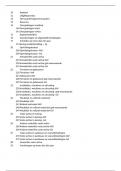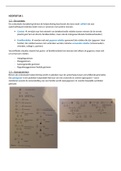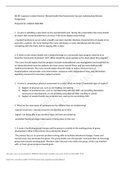Samenvatting
Summary Criminological Research for Social Science Student (RGBUSTR005)
- Vak
- Instelling
This is a complete summary on all the obligatory articles provided in the syllabus of the course Criminological research methods for social science students (last course of the minor).
[Meer zien]
